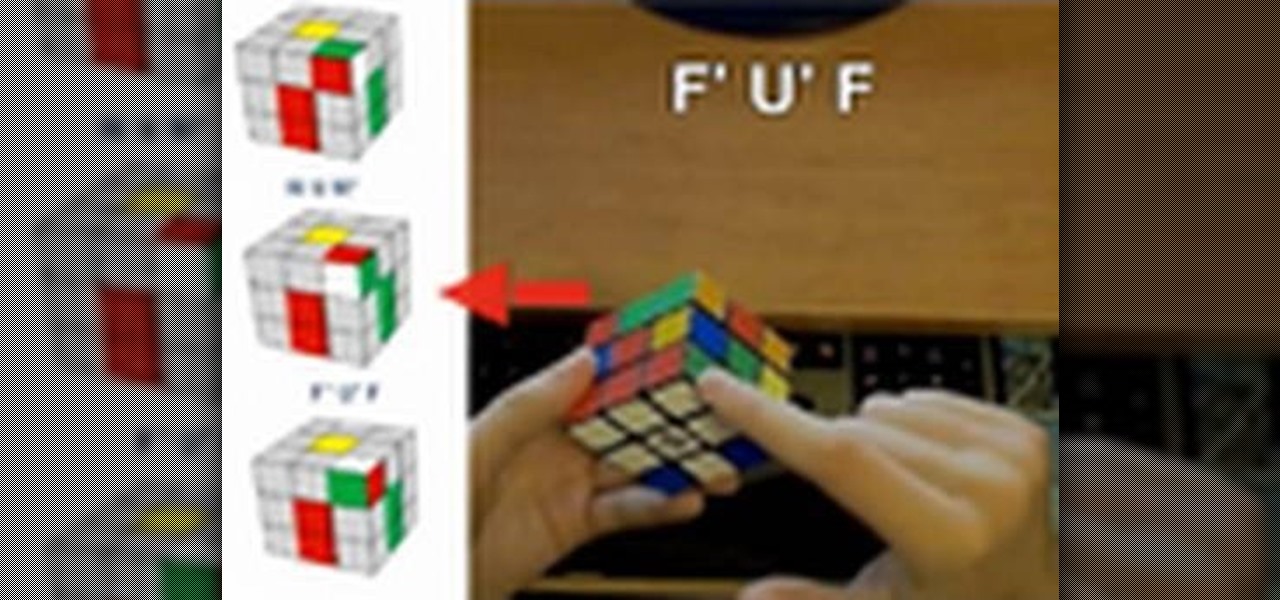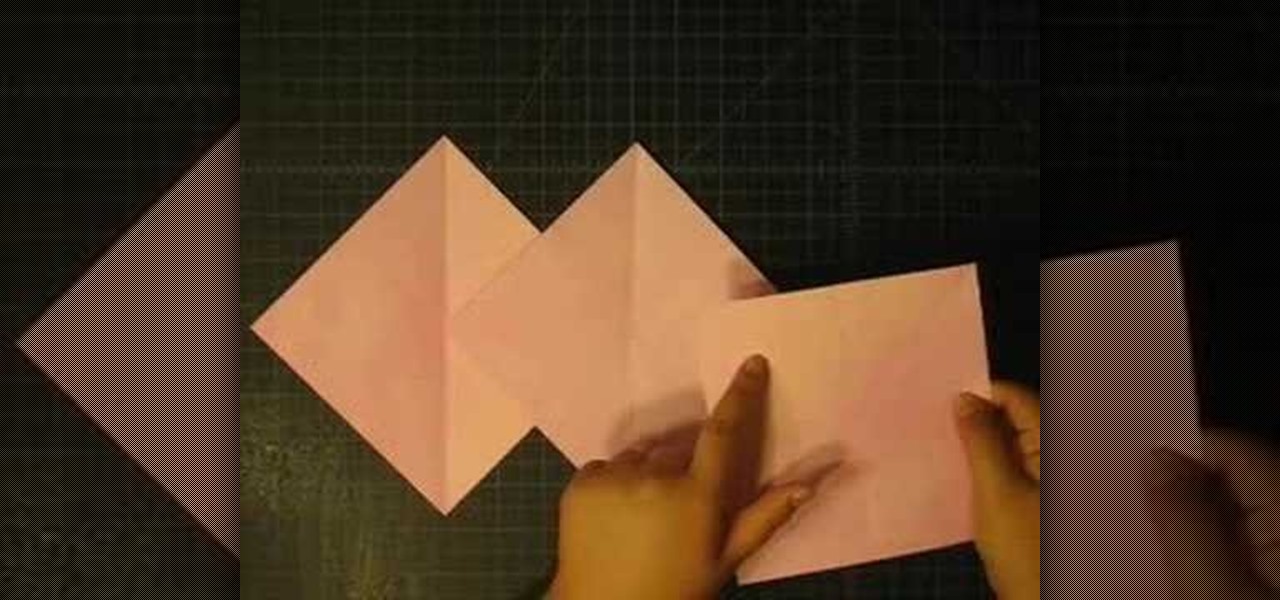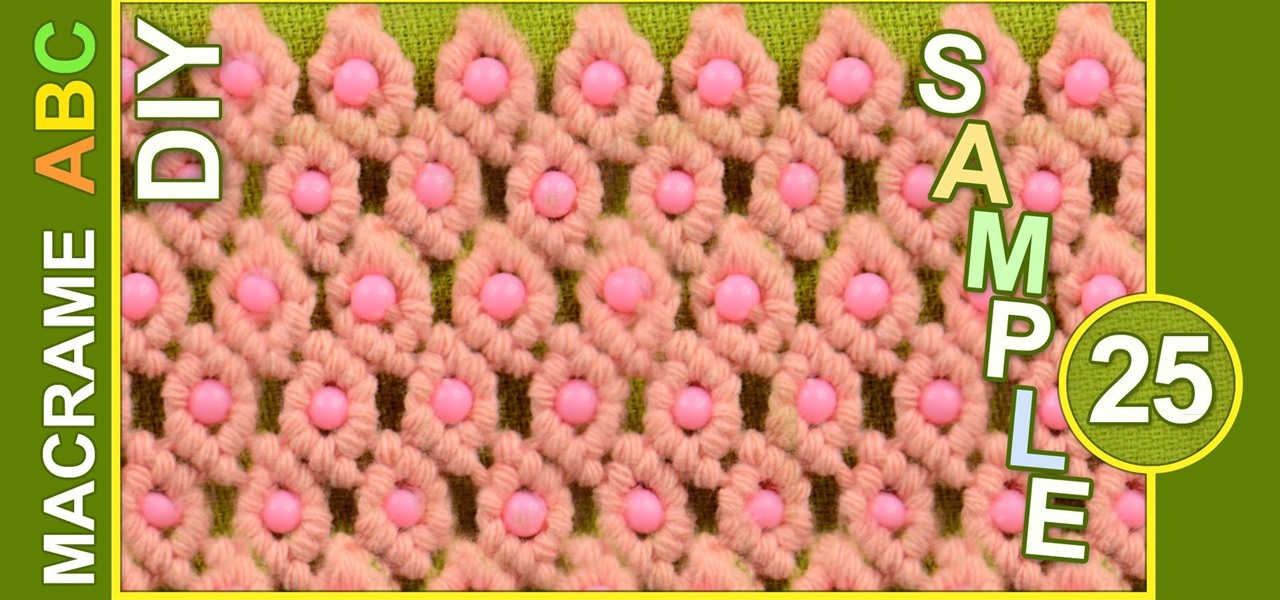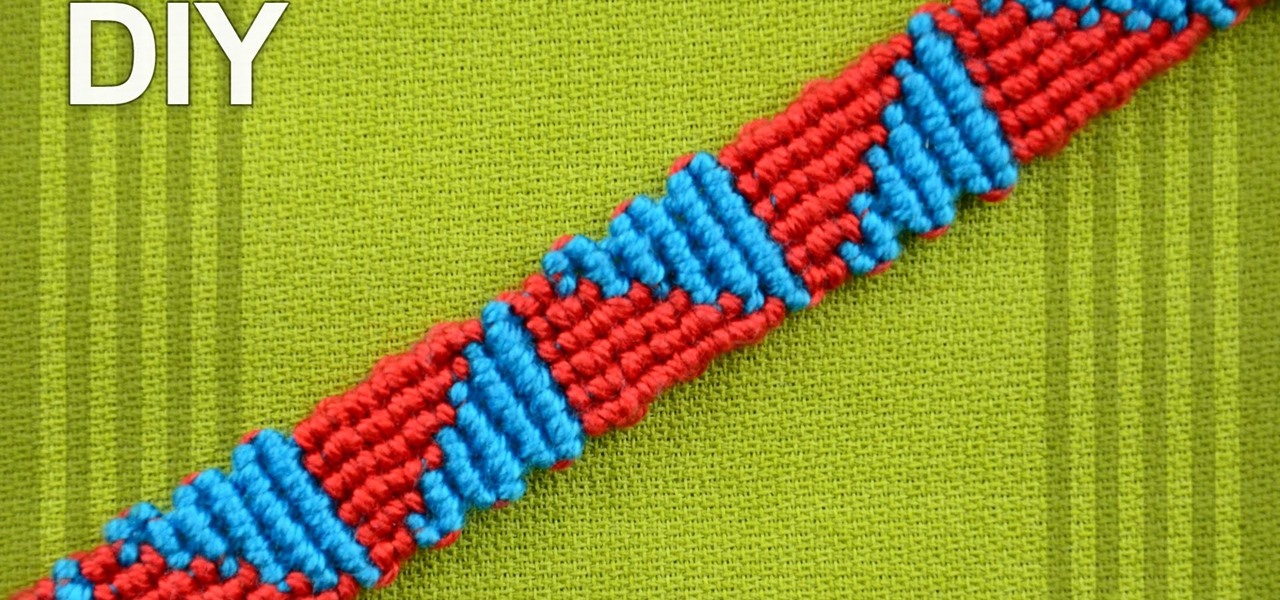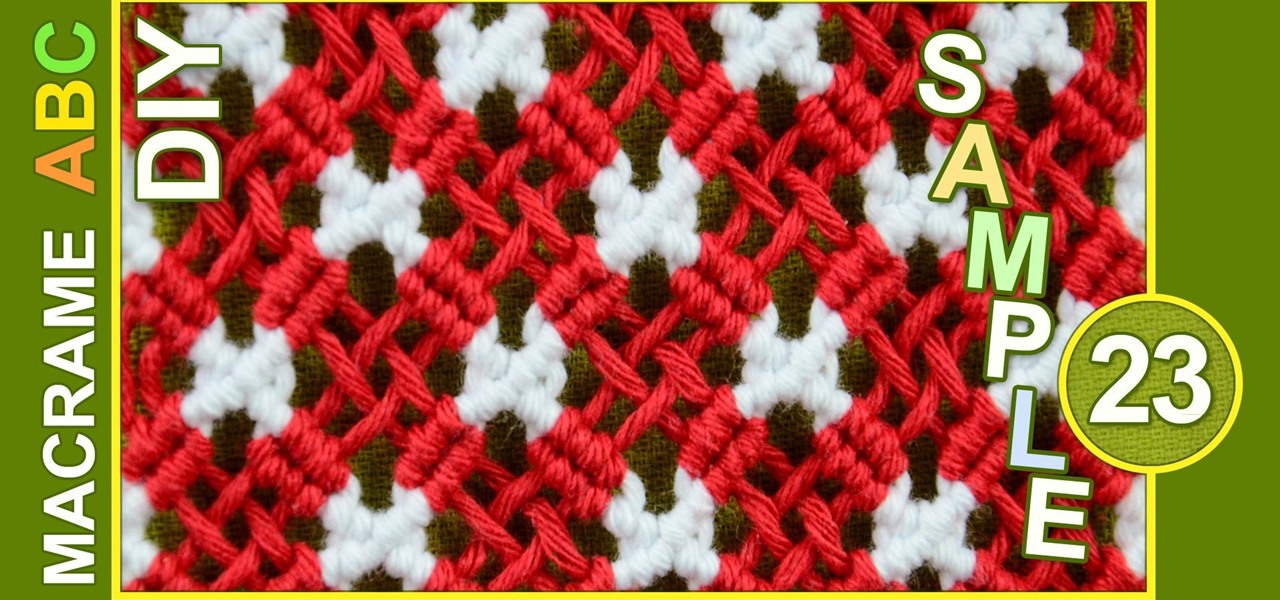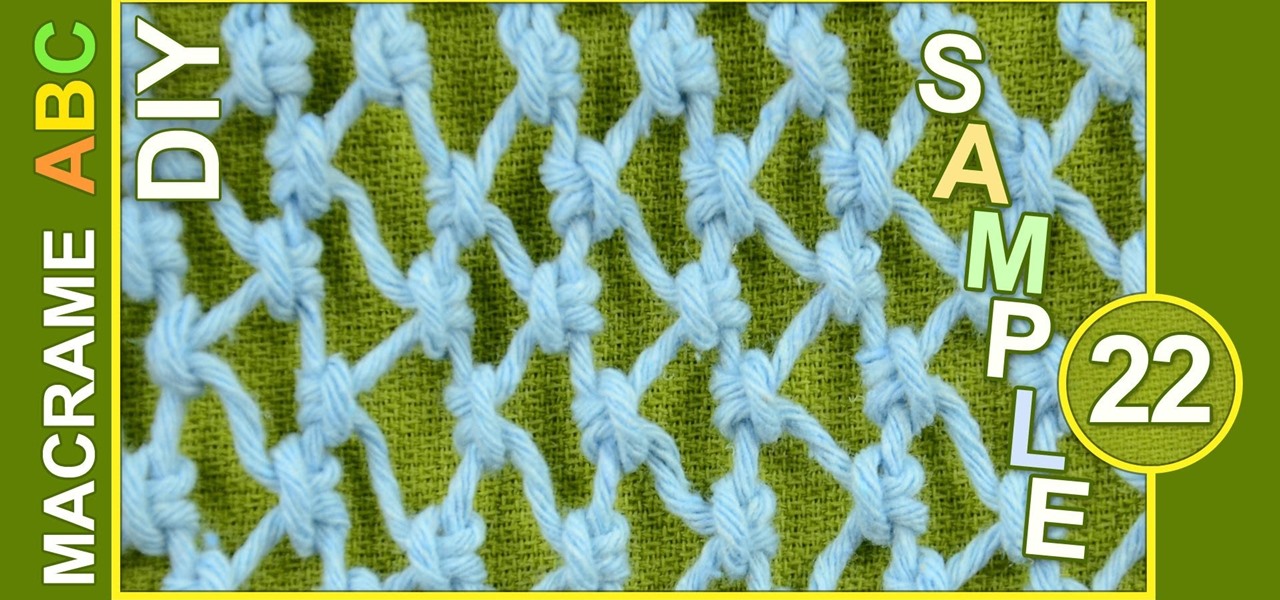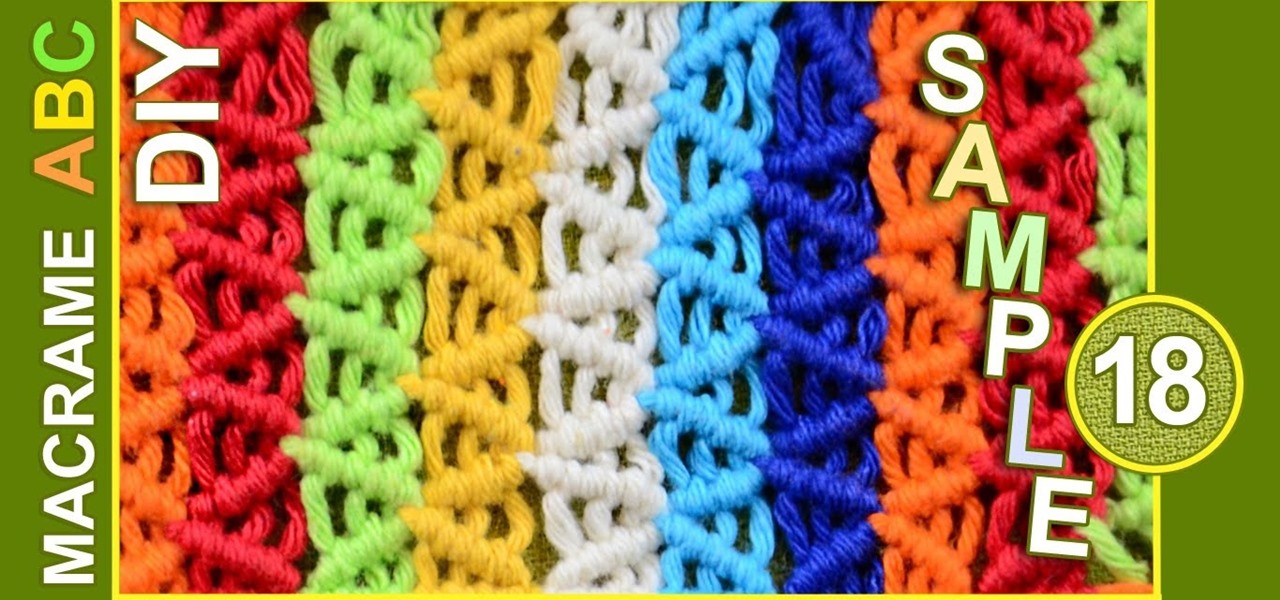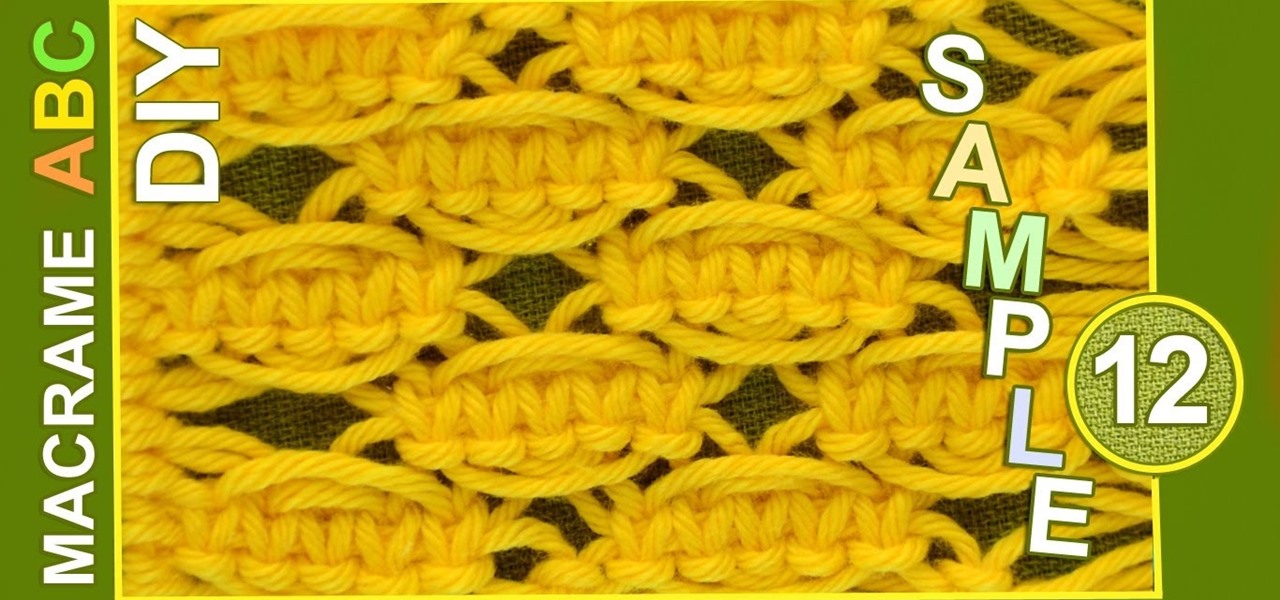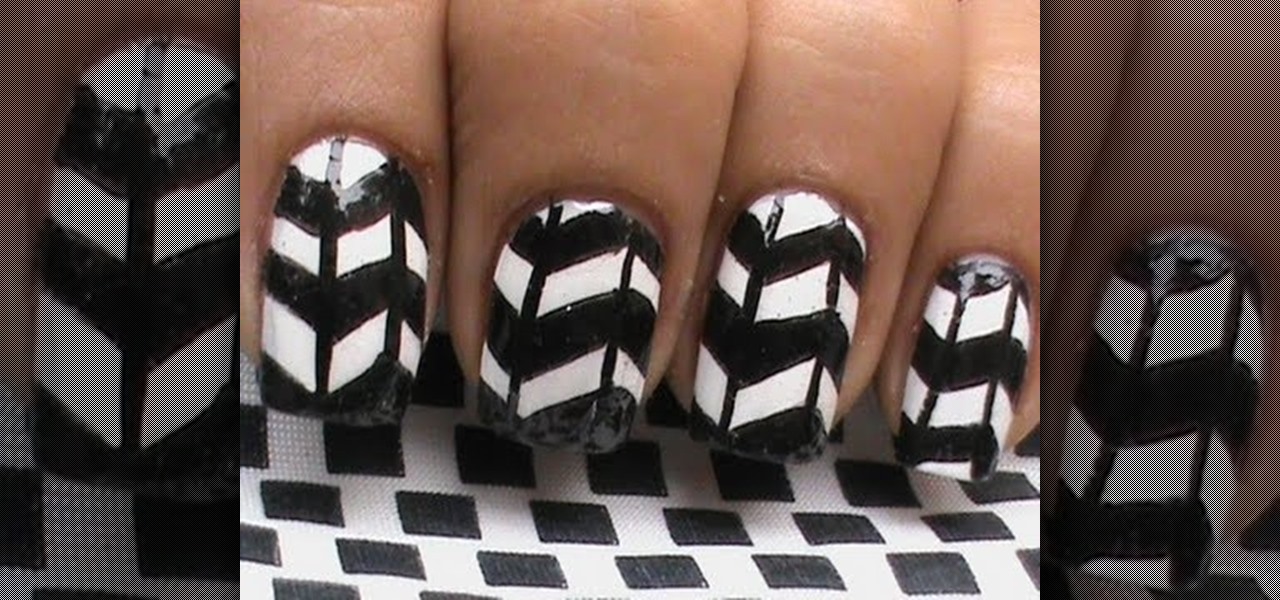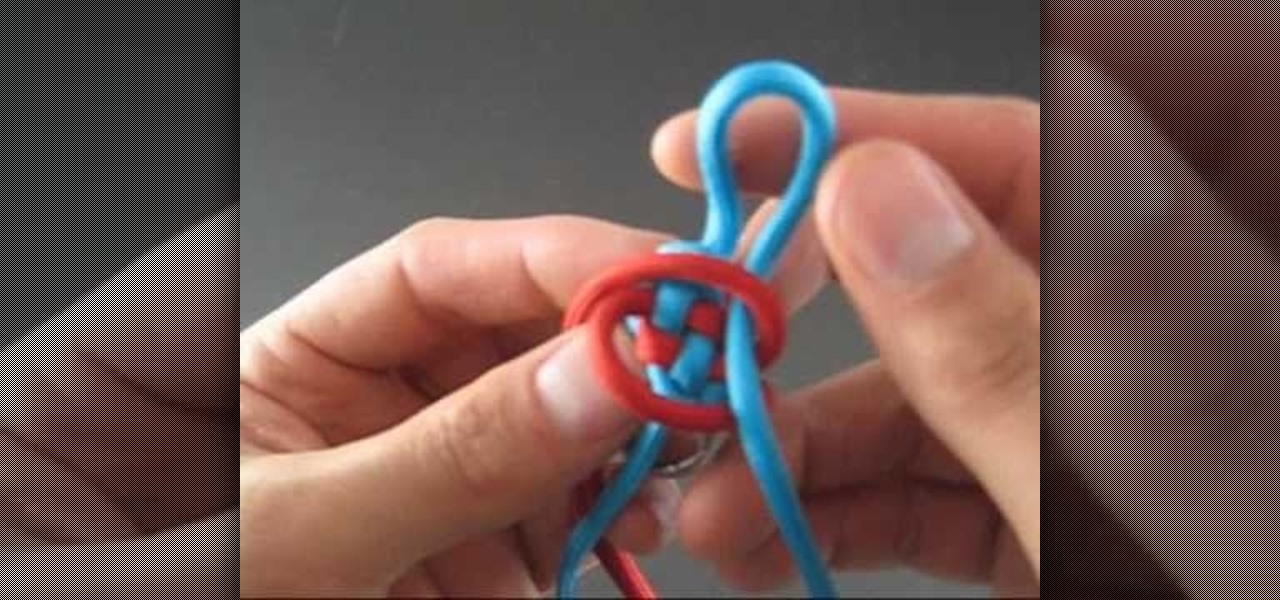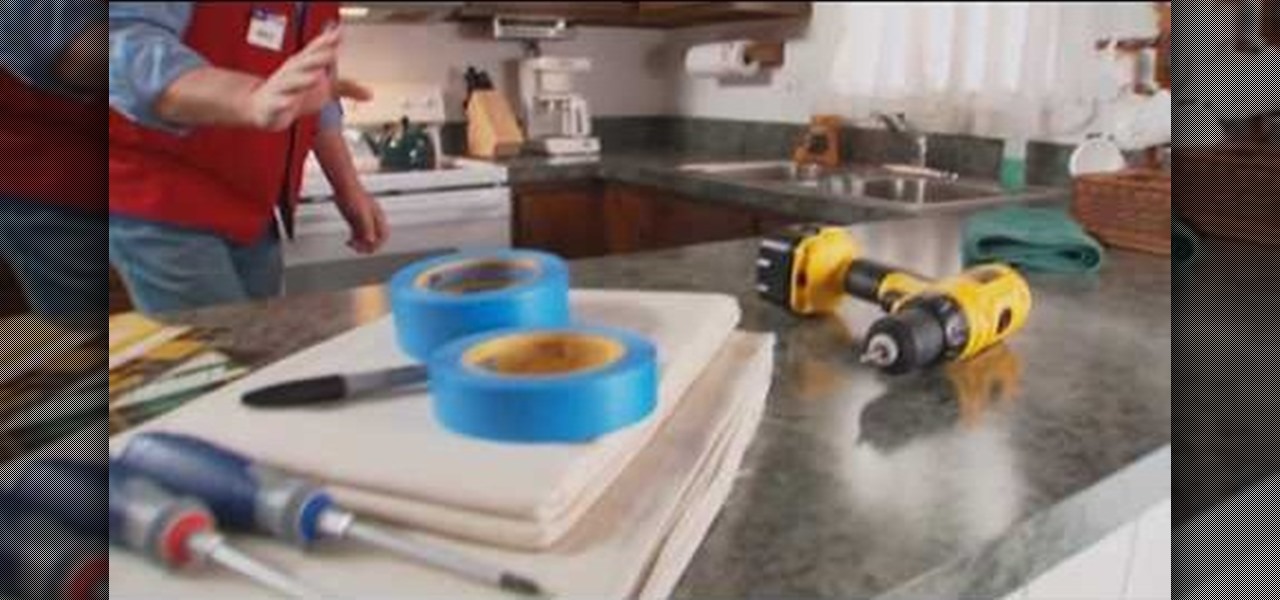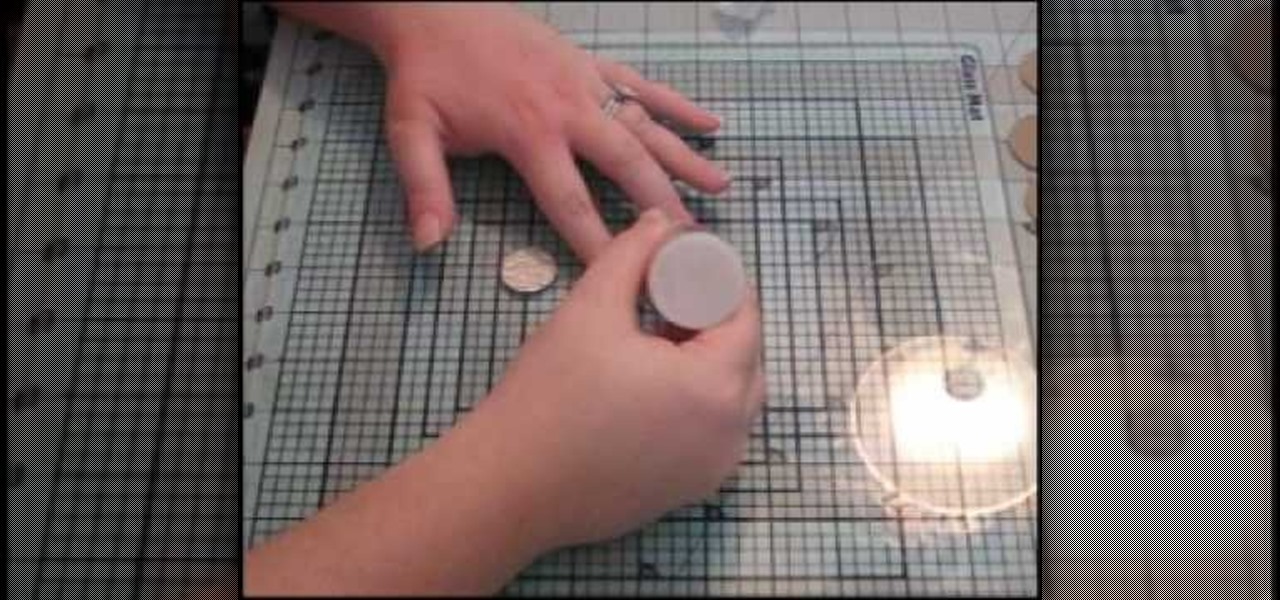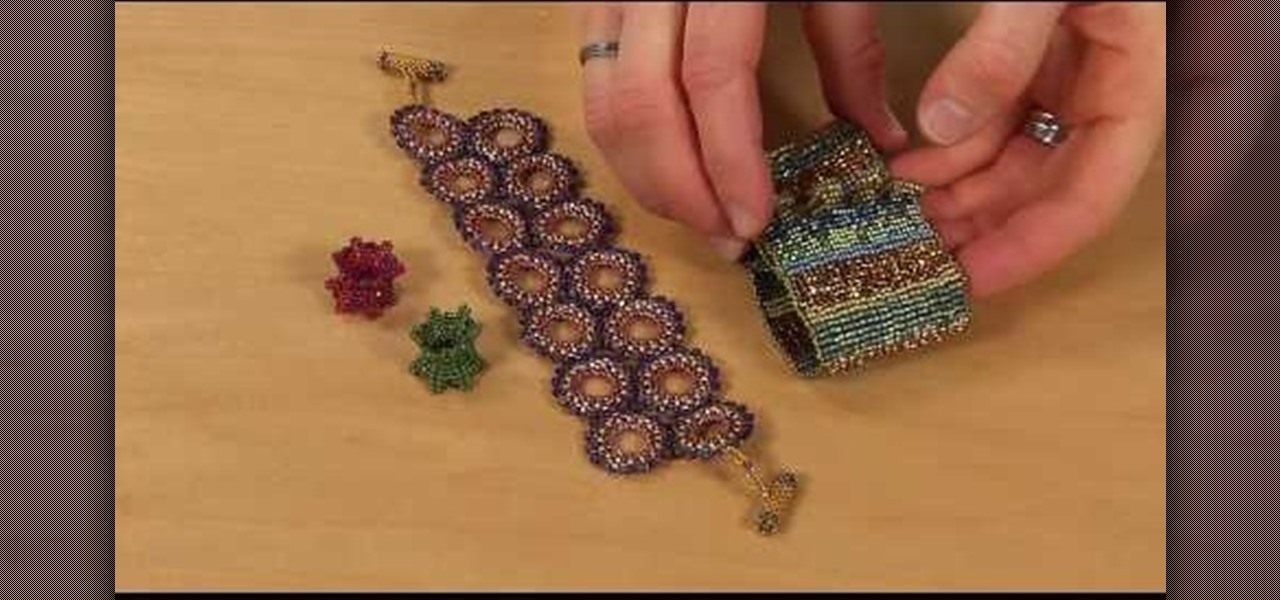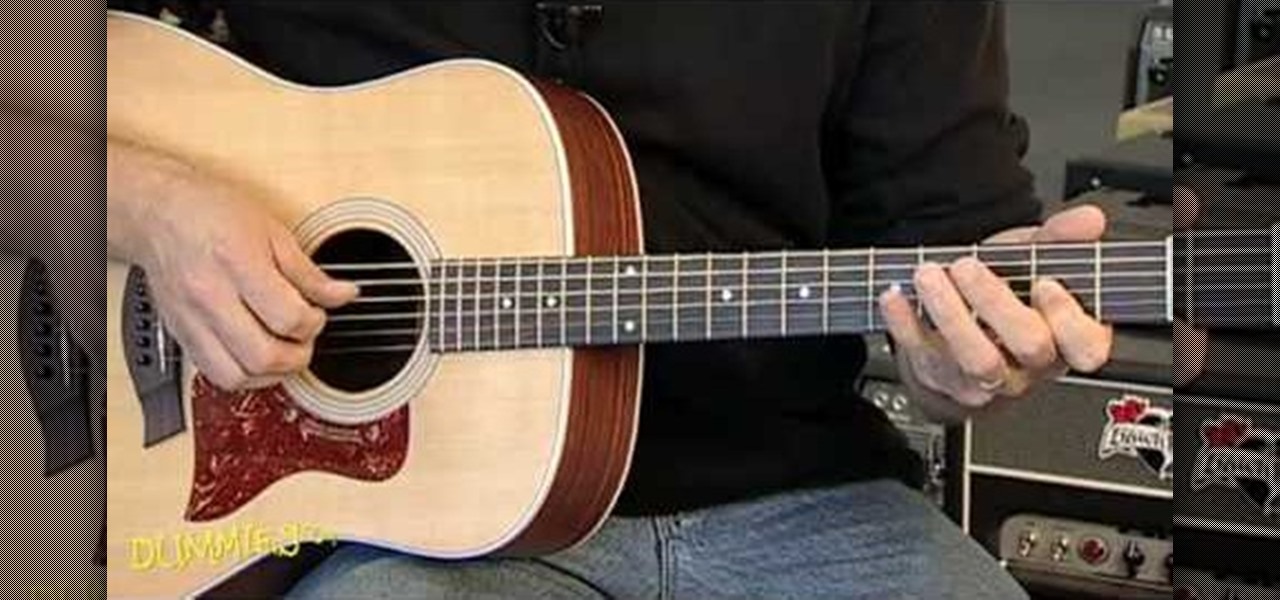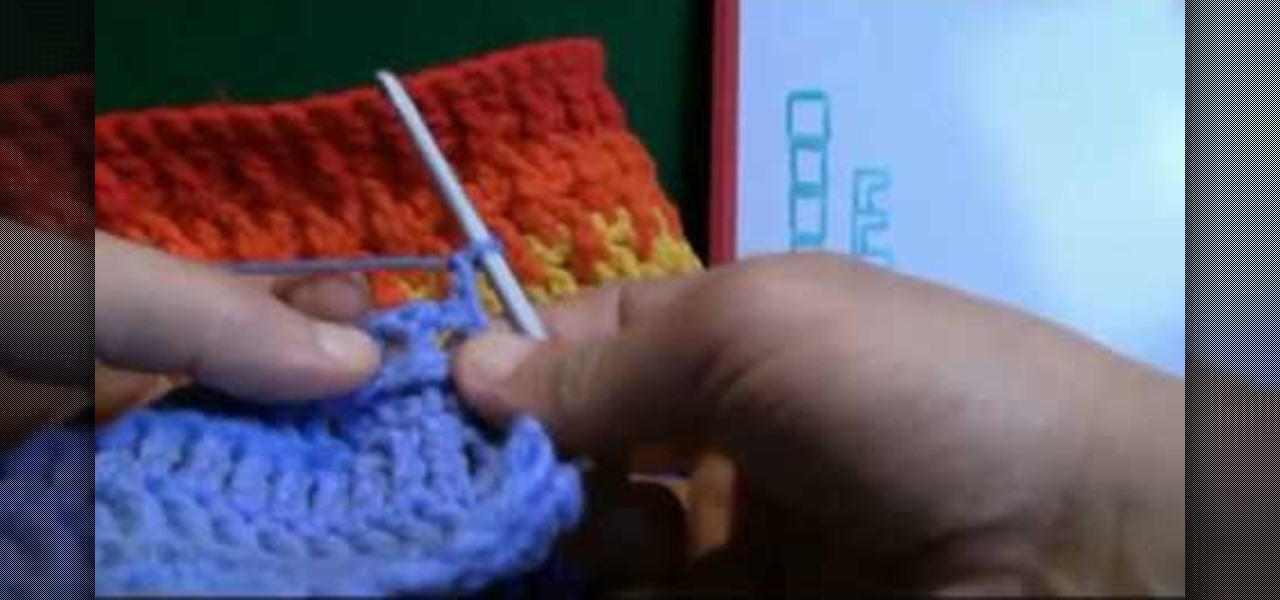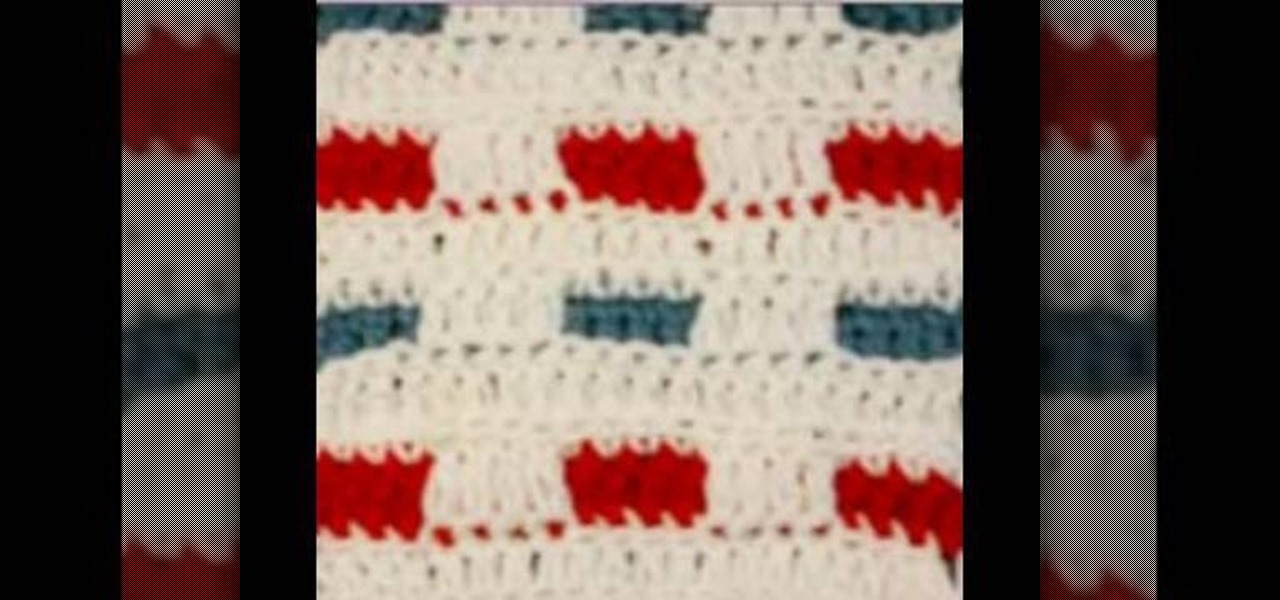
In this drum lesson, you will learn the basic jazz drumming pattern that is the foundation for most jazz drum beats. It requires a fair amount of independence, so you will learn it through progressive steps. This will simplify the entire learning process, and get you playing jazz with greater ease.

This pattern is a great fly to use for fly fishing when fish are feeding on the bottom. Crawfish are a major part of a trout's diet, and hence this pattern is one to use when you want a "go to" fly to produce results.

A juggling tutorial on how to juggle the Mill's Mess pattern with 3 balls.

Learn how to execute the basic look-in passing pattern when coaching youth football.

Learn how to execute the basic flag or slant-out passing patterns when coaching football.

Learn how to execute the basic 5 and out passing pattern when coaching football.

Learn about right hand patterns you can use when playing the banjo.

To solve a Rubik's cube, you will need to begin by keeping in mind the 7 steps. To learn about the cube itself, you will need to take it apart. The cube has 3 types of pieces. The center pieces do not move. They are actually fixed. Every piece is unique, and every piece has a unique place.

The narrator starts by explaining what a squash book is. A squash is designed to keep photos, journalling or what ever you like. To start we require a 4x4 pattern paper and 3x3 chipboard. We then glue the chipboard onto the pattern paper. We then cut the corners of the pattern paper. We then fold the flap in and glue down. We repeat this to form another cover. Next we grab a 6x6 pattern paper, we then complete a series of folds. One diagonal, half horizontal and half vertical folds. We repeat...

This video is part of the lawn fawn card series and it explains the making of a card using border punches and a stamp.The materials required are a set card-polka dot basics from paper tray ink.This card has a variety of dots on it. Remove the big open circle polka dot and lay it on the aqrualic and place it on a plastic bock with grids on them.Using a color box cover the stamps with ink.Now place the block over the card so that the grid lines with its length and press on it.The polka dots wil...

Here the New Boston shows you some tips about using the Spry Validation Text Field. To begin you will go to the Spry Validation Text Field, on Dreamweaver CS4. Looking at the bottom of the page notice the various options that are available for Properties. You find drop-down boxes for Type, Pattern, Minimum or Maximum values, Required, Enforce pattern, Format, Validate on, Blur or Change and Preview States. You can see the types of text available for validating by left mouse clicking the Type ...

STORM THE CASTLE Webmaster and Writer Will Kalif offers a short tutorial on how to make a origami gift box for beginners. All you need is eight square pieces of paper all exactly the same size. You can pick between four inch, five inch or six inch size paper depending on what size gift box you want to make. Your sheets of paper can be all the same pattern, of varying patterns, patterned on one side or patterned on both sides; however, please note that four of your sheets will be used for the ...

Using acid stains on concrete floors can be cheaper and easier to maintain than laying down tile on your floor. Here, Gaye Goodman shows you how to make acid stains on your concrete floor, a nice, economical way to make beautiful floors. First, you should test on samples of your floor in order to decide which color to use and to determine how the acid stain will look. After covering the bottom of your walls with painter's tape to avoid splashing, mix about 1 cup of TSP to 4 gallons of water. ...

This is a simple video guide that shows you how to install electric underfloor heating cables. 1. Measure the area to order right heater for the room.

Android 11 has plenty of new features as you'd expect, including a fancy new embedded media player. Rather than a constant notification, your audio controls now get pushed up into the Quick Settings panel when playing music. However, to make way for this new media player functionality, your total number of quick settings tiles had to be cut from nine down to six.

Now that Android Nougat lets you add your own custom Quick Settings tiles, your pull-down menu is probably getting a lot more crowded than it used to be, with all sorts of new and useful toggles. But the trouble is, you can only add up to nine entries before your Quick Settings tiles spill over into a second pane that you have to access by swiping, and that's not exactly "quick."

X Patterned Square Knot Bracelet with Beads and Button clasp. This bracelet is easy to make and it looks interesting :) a good bracelet for beginners in macrame. More info in video..

This method can be used on any kind of scroll saw pattern. Animals, people, inanimate objects, etc. Done on paper and scanned onto my computer only to clean them up and color them in to display. Three part series.

Dicas de como criar ations para illustrator. Neste video: Criando action para cortar pattern e clippingMask.

You can use this beautiful macrame pattern for different types of goals, for example: Handbags, cosmetic bags, clothing accessories, purses, cases, wallets, bracelets, etc..

How to make a Macrame bracelet with Triangles. This Triangle Friendship Bracelet made by using Cavandoli technique. Cavandoli macramé is a ancient art of knotting by hand, used to form geometric patterns and free-form patterns like weaving.

You can use this pattern for different types of goals, for example: Clothing, handbags, tablecloths, coasters etc ...

This patterns can be used for clothing or other needs, looks like a fishing net, easy to make.. I hope that it will be useful for you

Simple and colorful pattern sample. You can use this sample to make a handbag or something else that you like.

Interesting pattern example for your macrame projects. In this Macrame sample we used Square knot. The square knot is the basis of many designs.

In this pattern we used half of Square knot. Sample looks like a knitting. With this motif you can make a clothes or something another..

Check out this video to do these black and white pattern nails ! Video: .

It can be extremely frustrating when you've forgotten the pattern you use to lock your smartphone, and even more so if someone has managed to prank you by changing it. Luckily, there's an easy fix if you know the username and password for the Gmail account you used to set up the lock.

This clip shows the Fujimoto method of folding sheets into equilateral triangles. The result is a sheet of paper that is pre-creased for use as a base in creating tessellations or geometric tiling patterns. There is no audio for this clip, just a closeup of the hands in action.

The world of decorative knot tying is a compelling place and few sinnet cords are as compelling and beautiful as the corkscrew crown sinnet. This elegant step-by-step video shows you how to achieve one of the most desired knot cords out there.

In this tutorial by Lowe's, we learn how to prep and paint kitchen cabinets yourself! First, you will want to make sure you don't have laminate or tile countertops, because these can simply be replaced. After this, you will need to use sandpaper to sand down the surface of the cabinets. Next, you will need to paint primer on the surface of the cabinets, making sure you get into the creases of them as well. Now, paint over the primer once it has dried with your choice of glossy paint. After th...

In this video, we learn how to make custom chipboard buttons for scrapbooking. First, take a scrap of chipboard and use a circle trimmer to cut circles out. Cut circles out of patterned paper in different sizes using many different patterns. Now, apply glossy finish onto the papers and wipe off the excess liquid. Ink the edges after this, then put adhesive onto the back of each of the different circles. Now, you can punch holes into the center of the circle to make it look like a button. Now,...

In this tutorial, we learn how to knit cables. You will need to place stitch markers where you are going to begin your pattern for the cable and end it. Now, take a double pointed needle and make sure it's not bigger than the needle you are knitting with. Work your pattern throughout the middle of your project by making a robe one, then begin the cable knit. Purl the first two stitches, then knit the next six. After this, purl one stitch and knit three other stitches. Continue to do this proc...

Consider this Beading 101. In this video, you'll learn the five basic beading terms used in many beading magazines and beading patterns. These terms refer to how you pass needles through your beeds (from the back or from the front), how you separate irregular beads out of your main beading inventory, rounds and rows (different ways of beading), waxing your thread, and thread tension.

There are zillions of fun and cool things you can do with guitars, including riffs, hammer down, and so on. But in order to unleash the rock star that we know is hidden deep within you, you have to start with the basics first.

Now that you've mastered the front post double crochet stitching pattern, let's work on the back posts!

Back in the olden days, whenever we desired a nicely embroidered hankerchief or gown we'd sit by the fire with a flickering oil lamp, whittling our fingers away until the breaking hours of dawn. But nowadays, thanks to the genius of sewing machines, embroidery, even the most intricate kinds, takes far less time and midnight oil.

Any good crochet artist will tell you that most crochet patterns can be mastered more easily simply by sticking to one color yarn. Once you begin adding different colors to the same stitch, it becomes an integrative process as well as a learning one.

A crochet single rib stitch is essentially a fancy way of saying a crochet stitch with an undulating up and down pattern. A "rib," or elevated stitch, runs across the finished piece vertically, forming an interesting pattern that can be used to accentuate scarves and mittens.

In order to do the Cross Handed Turn Pattern in Salsa dance, you will need to begin by facing your partner. Partners will begin by holding hands: right hand with right hand and left hand with left hand. Raise the right hands over the left hands.









